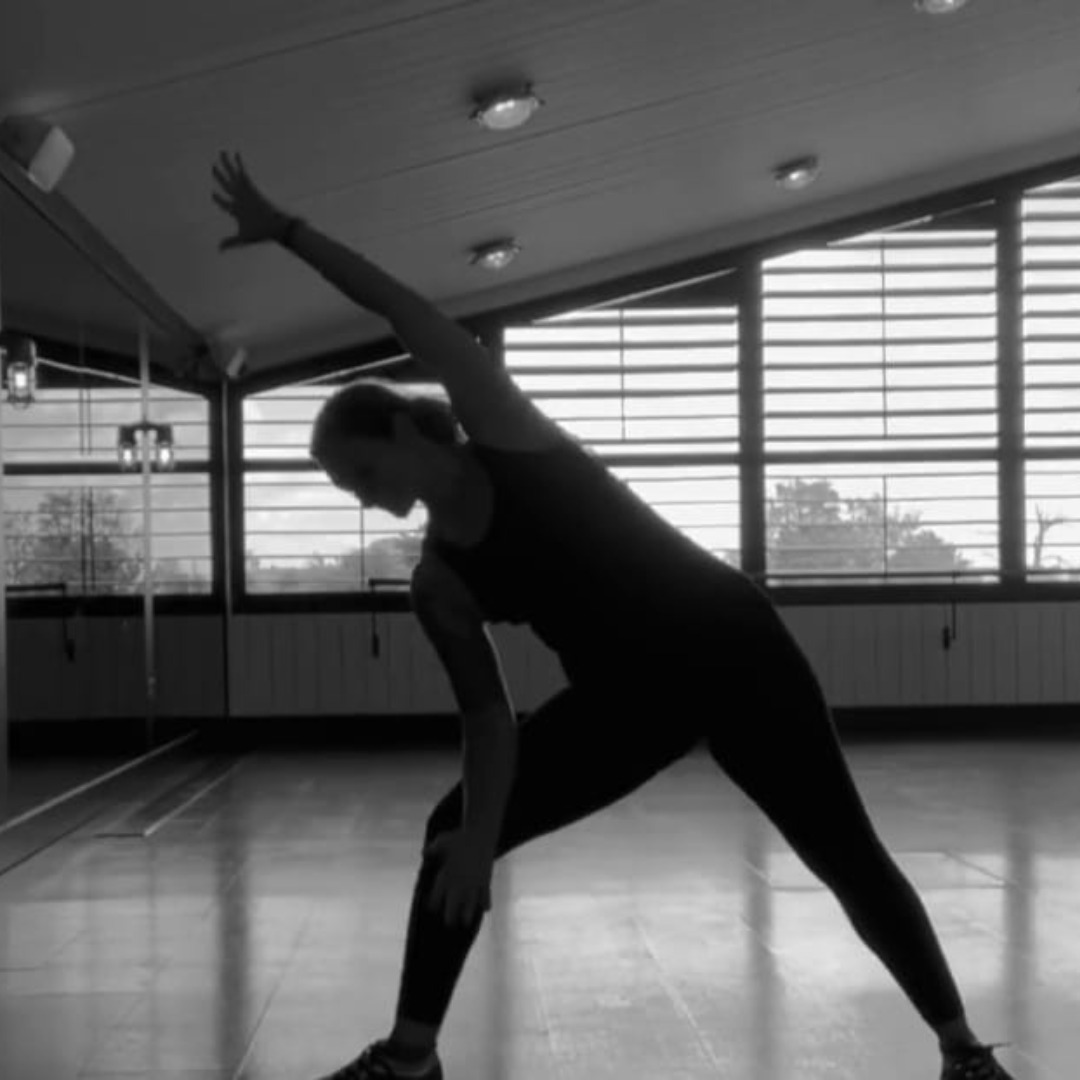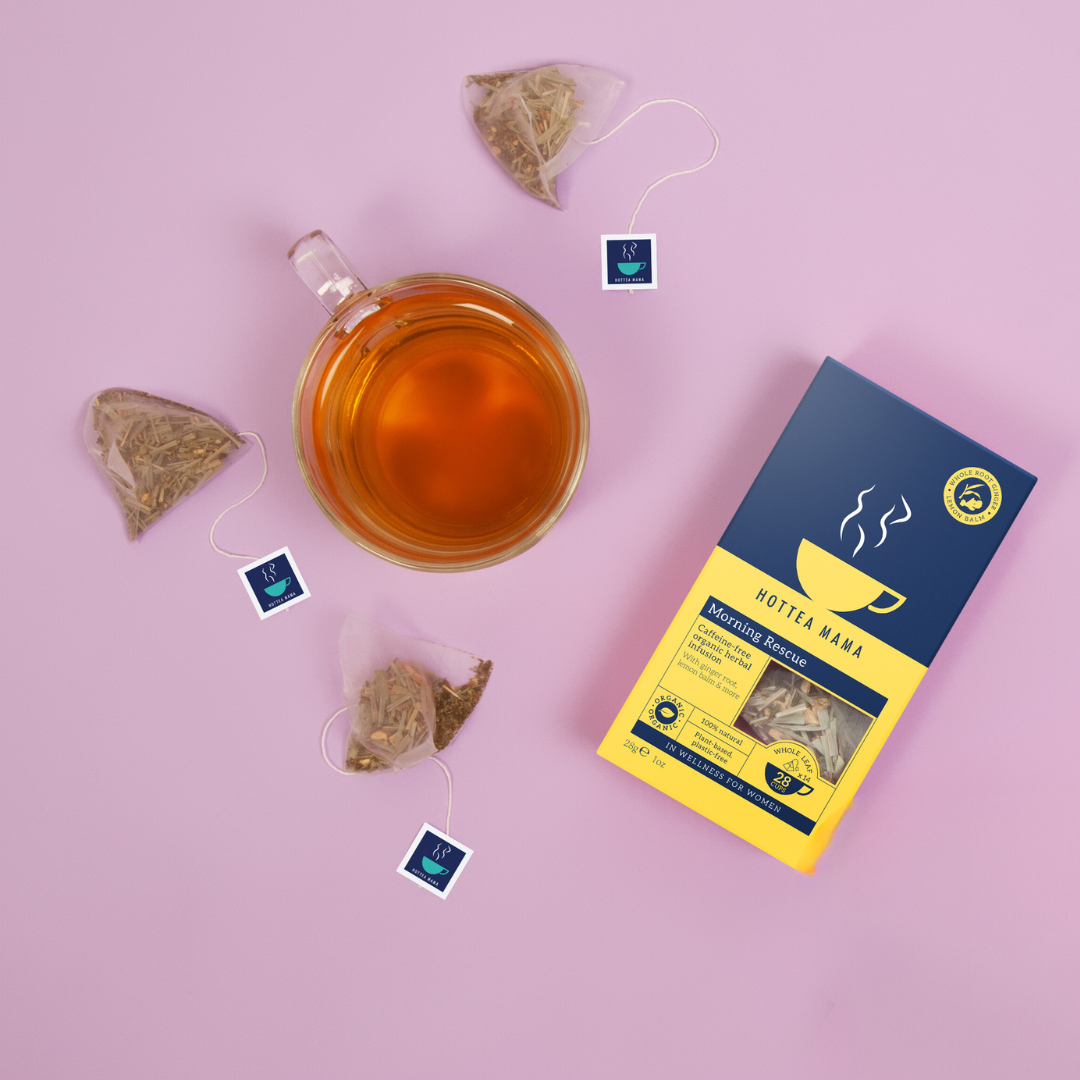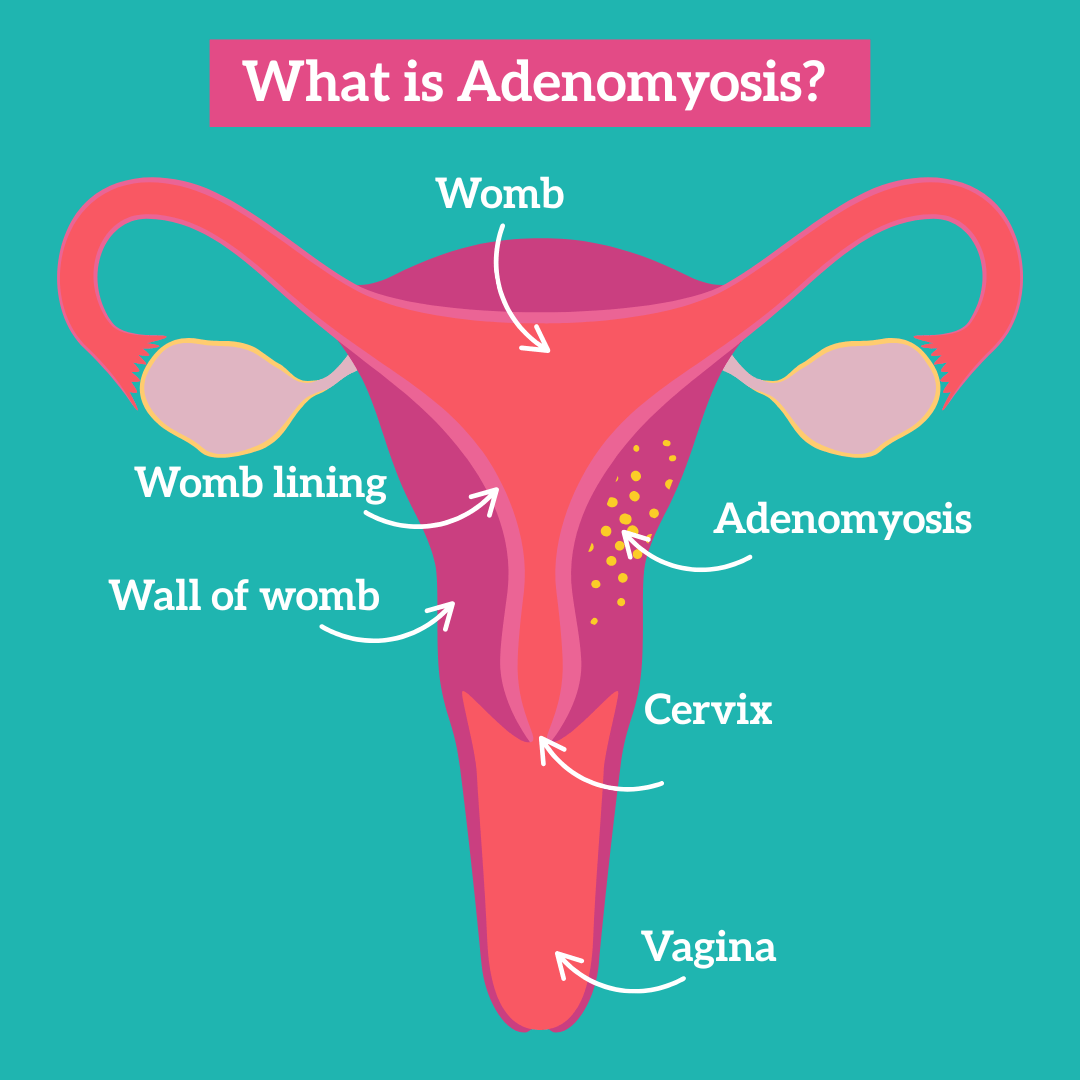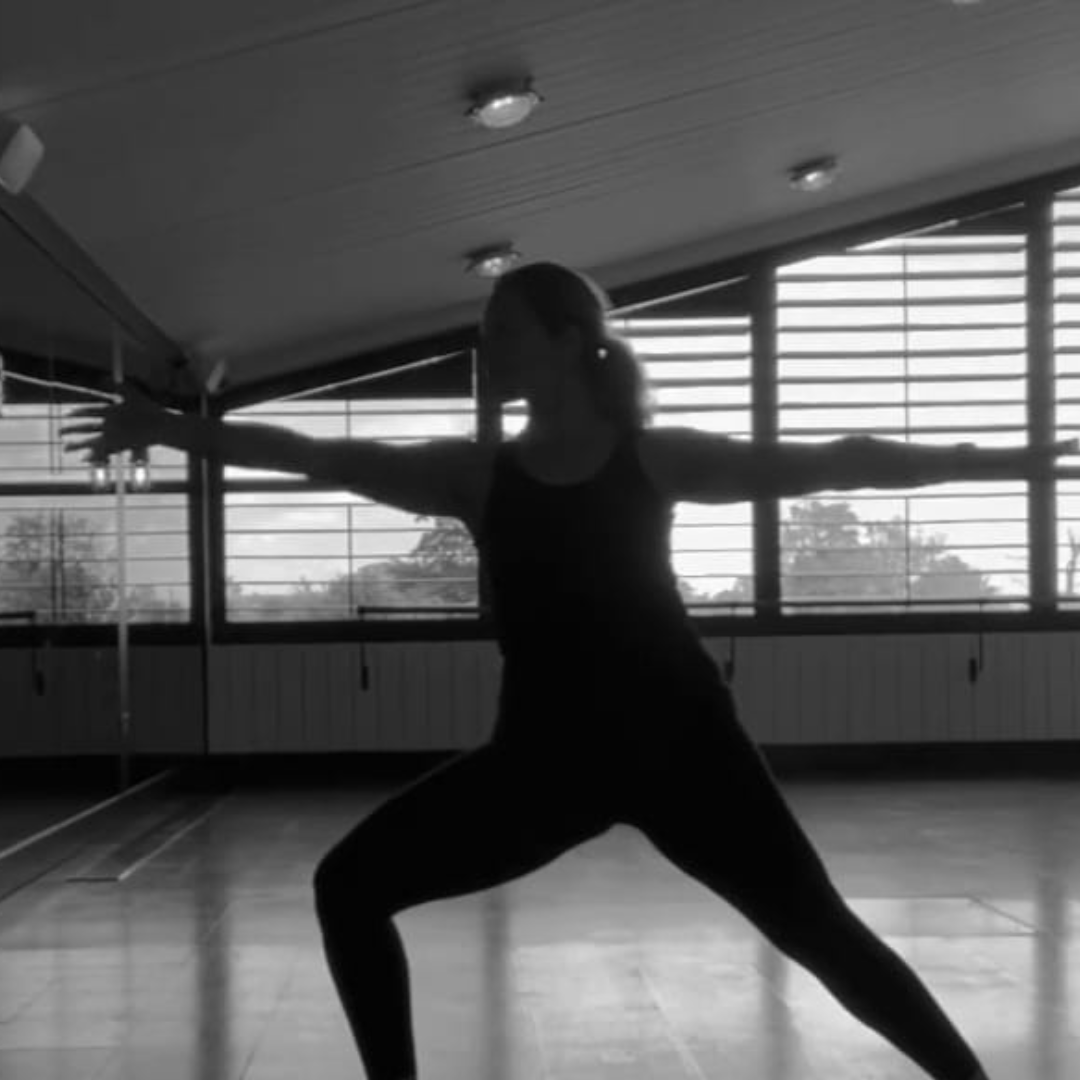Yoga to support Period and PMS symptoms

The act of moving your body gently, breathing and stretching can help to ease the symptoms of PMS (premenstrual tension). It can help to alleviate menstrual cramps, bring a sense of calmness, and lift your mood.
Child's Pose (Balasana): This gentle resting pose helps to release tension in the lower back and abdomen while promoting relaxation and calmness.
Cat-Cow Pose (Marjaryasana-Bitilasana): This flowing sequence of poses helps to stretch and strengthen the back and abdominal muscles, relieving menstrual cramps and reducing lower back pain.
Bridge Pose (Setu Bandhasana): Bridge pose stretches the spine, opens the chest, and promotes blood circulation. It can help relieve fatigue and reduce mood swings associated with PMS.
Supported Reclining Bound Angle Pose (Supta Baddha Konasana): This restorative pose opens the hips and relieves tension in the lower abdomen. It also helps reduce menstrual cramps and promotes relaxation.
Legs Up the Wall Pose (Viparita Karani): This gentle inversion pose helps improve circulation and reduce fluid retention in the legs. It also promotes relaxation and relieves fatigue.
Standing Forward Bend (Uttanasana): Forward bends can help relieve bloating, reduce anxiety, and calm the mind. This pose also stretches the hamstrings and lower back.
Supine Spinal Twist (Supta Matsyendrasana): This twist helps release tension in the lower back and massages the abdominal organs, alleviating digestive issues and discomfort associated with PMS.
Steph Hill PT (@stephhill_pt) has recorded a quick 15 minute flow, to help to restore a sense of calmness and wellbeing during your period, focusing on poses that can ease the most common symptoms of PMS.
Steph Hill focuses on the holistic side of women's health and wellbeing, and has over 20 years of experience. She is a fully qualified Yoga and Pilates instructor. If you would like to contact Steph directly you can message her via instagram account - @stephhill_pt
It is important to listen to your body and not push yourself too hard during your menstrual cycle.
Always begin with gentle movements and gradually increase the intensity if it feels comfortable.
If you have any specific concerns or medical conditions, make sure to consult with a qualified yoga instructor or healthcare professional before starting a new exercise routine.
Period and PMS support collection





Comments